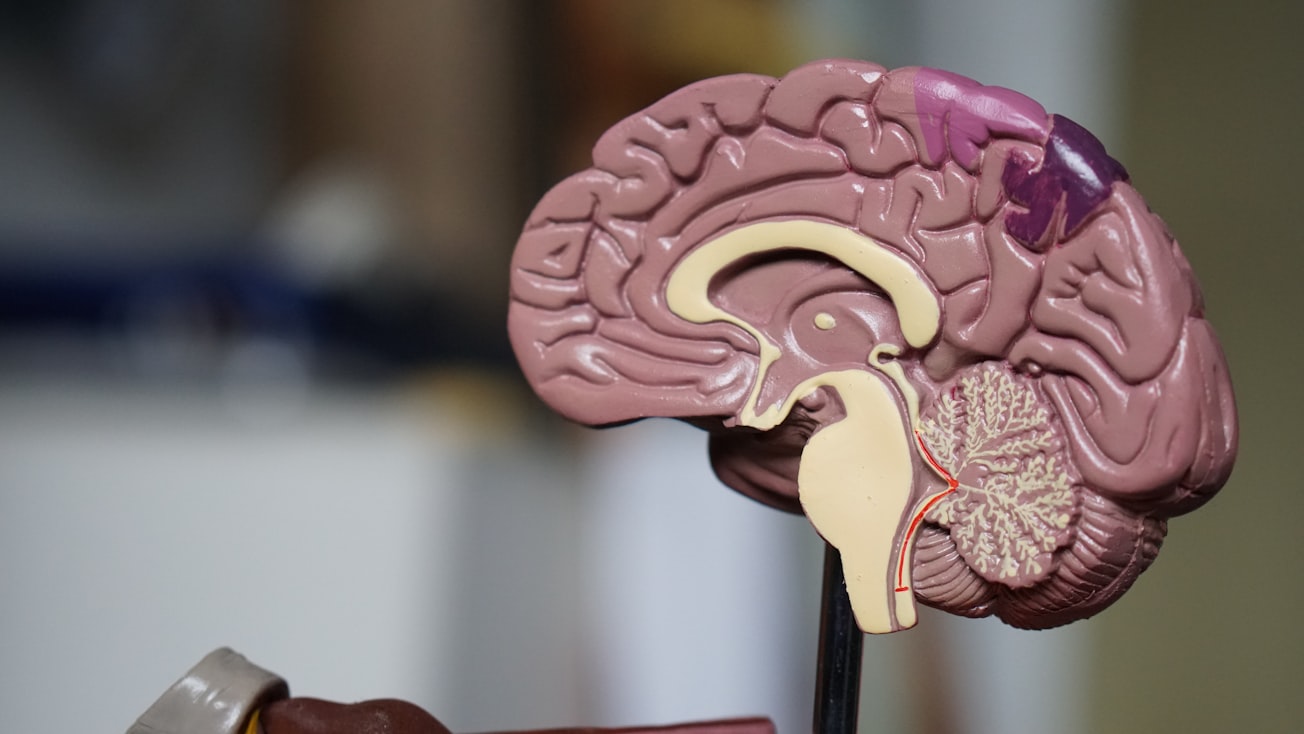What is it about?
The way we perceive the world is not solely determined by the light that hits our eyes, but is strongly influenced by what we expect to see at any given moment. For example, our childhood fears may turn a pile of clothes on a chair in our nighttime bedroom into a haunting monster. But how do these internal influences affect our perception of the external world? Here, we tested the hypothesis that expectations can activate neural templates of expected images in the primary visual cortex (V1). Furthermore, we investigated which layers of V1 might contain such templates, using ultra high resolution functional magnetic resonance imaging (fMRI). The ability to distinguish activity in the different layers of the human cortex using high resolution fMRI is an exciting new development that opens up many new research questions to cognitive neuroscience. In this study, distinguishing the different layers of V1 was important because different layers play different roles in neural processing. For instance, the superficial layers send signals onwards for further processing, whereas the deep layers receive feedback from other parts of the brain. Based on this, we hypothesised that these deep layers would contain the internally activated templates of expected images, as a result of feedback from memory regions for instance. And indeed, we found that when participants in our study expected to see a specific image (a grating made up of tilted lines), activity in the deep layers of V1 contained a template of that image, even when it was not presented at all. In other words, merely expecting to see something is enough to activate our visual system in a highly specific way, even when no input arrives through the eyes.
Featured Image

Photo by Robina Weermeijer on Unsplash
Why is it important?
These findings demonstrate that expectations play a fundamental role in the way we process visual information, even in the earliest stages of cortical processing (that is, V1). This is in line with theories suggesting that the brain is a prediction machine, constantly trying to predict what will happen next, and using this information to optimally process information from the outside world. Getting to the bottom of how the brain does this will help us understand the nature of our perception of the world. Further down the line, this may help us understand what happens when perception goes awry, such as in hallucinations. Ultimately, this may lead to new treatments for disorders such as psychosis.
Perspectives
Apart from the insights this study itself provides, it is an exciting demonstration that obtaining layer-specific activity in the human brain is feasible with high-resolution fMRI. This opens up a host of research questions to our scrutiny, and many researchers the world over are already using this technique to study psychological processes such as working memory, language, memory, action, and perception. Investigating the neural architecture underlying these processes is hereby taking on a new dimension, moving from studying the human cortex as a two-dimensional sheet to appreciating it as the three-dimensional structure it is.
Peter Kok
University College London
Read the Original
This page is a summary of: Prior expectations evoke stimulus-specific activity in the deep layers of the primary visual cortex, PLoS Biology, December 2020, PLOS,
DOI: 10.1371/journal.pbio.3001023.
You can read the full text:
Contributors
The following have contributed to this page







